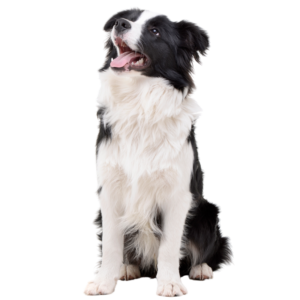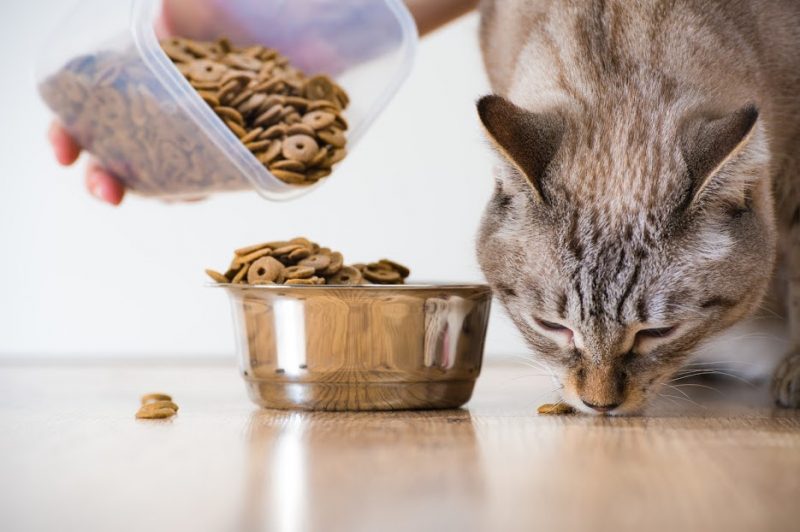What your veterinary team wants you to know about pet foods.
- The more money a bag of costs – does not mean it is a better quality food or even a good food for your pet. Signs that the food may not be right for your pet are vomiting, diarrhea, excessive burping or flatulence, itching/licking/chewing that causes loss of hair or damages their skin, ear infections or anal gland infections.
- Just like the foods available for us to eat, the foods available to feed your pet run the full gamut from a high calorie/low nutritional value (“junk food”) to those with appropriate calorie/high nutritional value (“health food”).
- The pet food makers are in business to sell YOU their product. The pretty pictures of fresh meat, fruit and vegetables and a happy Fido or Fifi on the bag are a marketing strategy to get YOU to buy the food. The problem is that your pets don’t eat the bag they eat what is INSIDE the bag, and that is what you should focus on- what is actually IN the bag of food.
- Grains like corn, wheat, barley, etc. are NOT evil and for most animals are just fine to be a complete and balanced food. Grain allergies and gluten sensitivities are very uncommon in animals. So it is unlikely that your pet has a medical need to be grain free. Grains are an important source of nutrients like B vitamins, iron and fibre. It is more expensive to make a balanced diet without grains- so the pet food companies pass that cost onto consumers.
- The pet food industry is NOT regulated, and ANYONE can grind up whatever ingredients they want, put it in a bag and call it a pet food.
- Pet food manufacturers who value their clients and pets follow AAFCO, FDA USDA, CFIA regulations in addition to their own set of standards. Look for the AAFCO symbol on the bag.
- Pet food claims that have been PROVEN with SCIENTIFIC PEER REVIEWED studies are the ONLY claims that can be counted on. Google, “the breeder” and the pet store clerks are not scientific, nor are they peer reviewed. This means they are not the best source to for food recommendations for your pet.
- The basic components of a diet are protein, carbohydrates (yes, all animals need some amount of carbohydrates in a commercial diet), fat, minerals and vitamins. Additionally, there are often flavours and colours added to diets. The place you need to look is at the nutritional information section on the bag. If there isn’t one – that is your first clue to leave it on the shelf.
- There ARE several diseases/medical conditions where the DIET is the prescription for your pet – like urinary troubles, kidney disease, heart disease, liver disease
- Raw diets can be dangerous to not only your pet -but to you and your family- especially the young, the elderly and the immunocompromised people your pet comes into contact with. Contamination with bacteria like salmonella, e.coli and clostridium are dangerous. Strict hygiene is CRITICAL. That means separate dishes, preparation tools (utensils, cutting surfaces, cleaning areas) and handling of feces is strongly advised, oh and don’t let your pet kiss or lick you. Raw diets are not recommended for puppies, kittens, pregnant or nursing females.
- Unless directed by your veterinarian, avoid feeding novel proteins or changing the protein and carbohydrate sources in their food frequently. We prefer to have these ‘saved’ for animals that develop food allergies. Novel proteins are those your pet has never eaten before, for example, kangaroo, crocodile, pork, duck and fish.
So, where do you begin to pick the best diet you can for your pet? Consult with your veterinarian! They will be able to evaluate your pets’ health, life stage, body condition and activity level. This is exactly where your veterinarian is your best resource to help you wade through the quagmire and together make a diet plan for your pet.
Written by Mountain Road Animal Hospital



